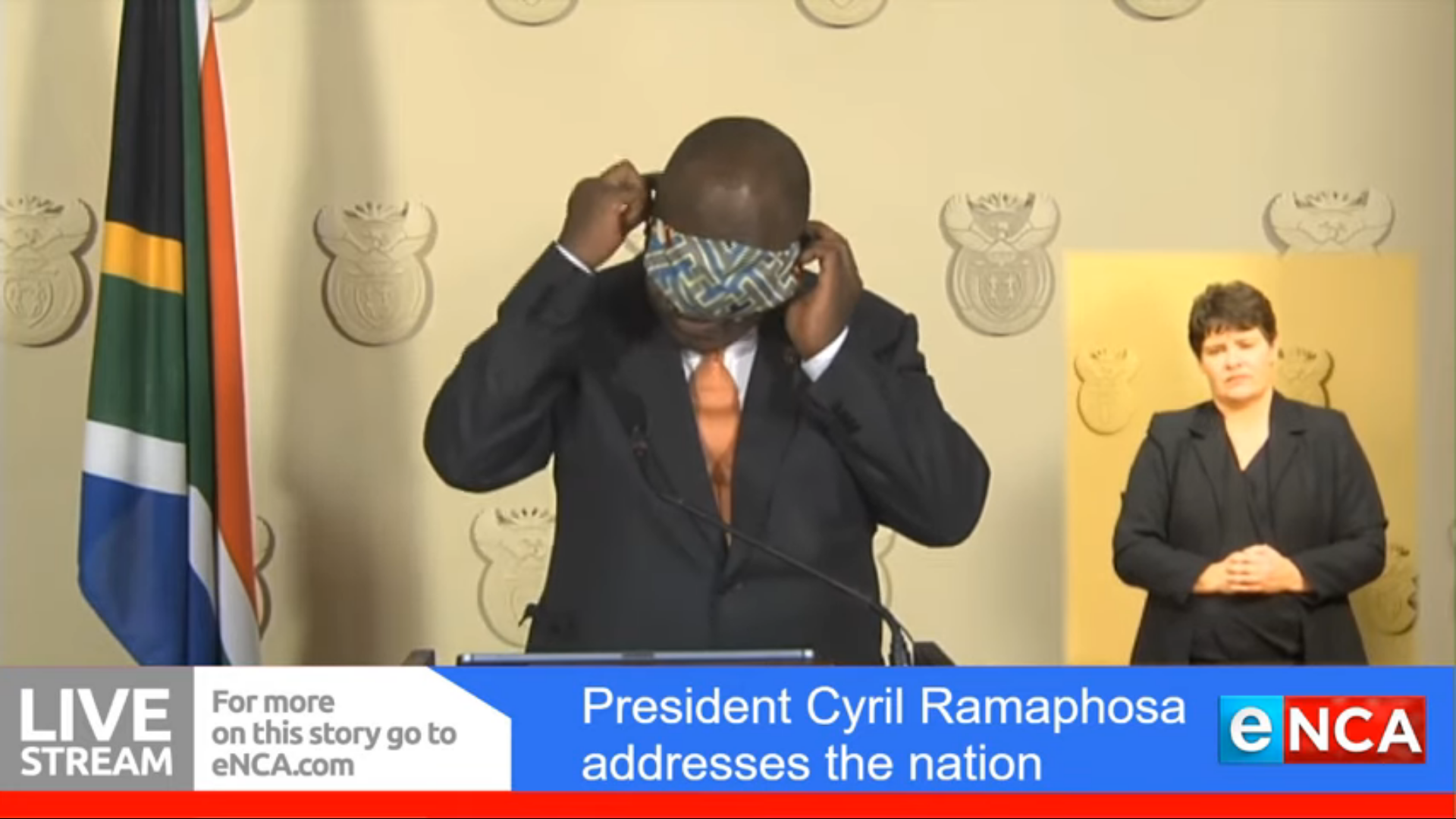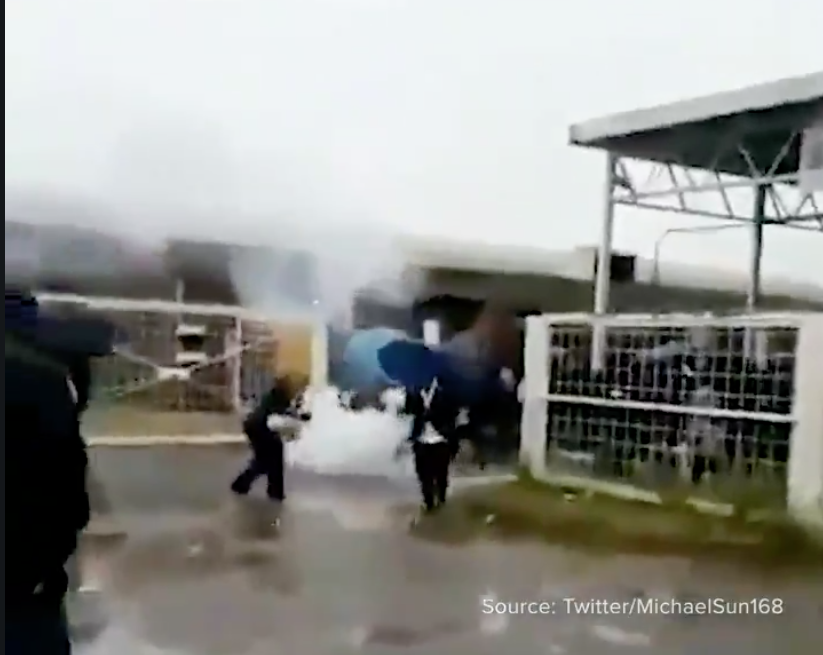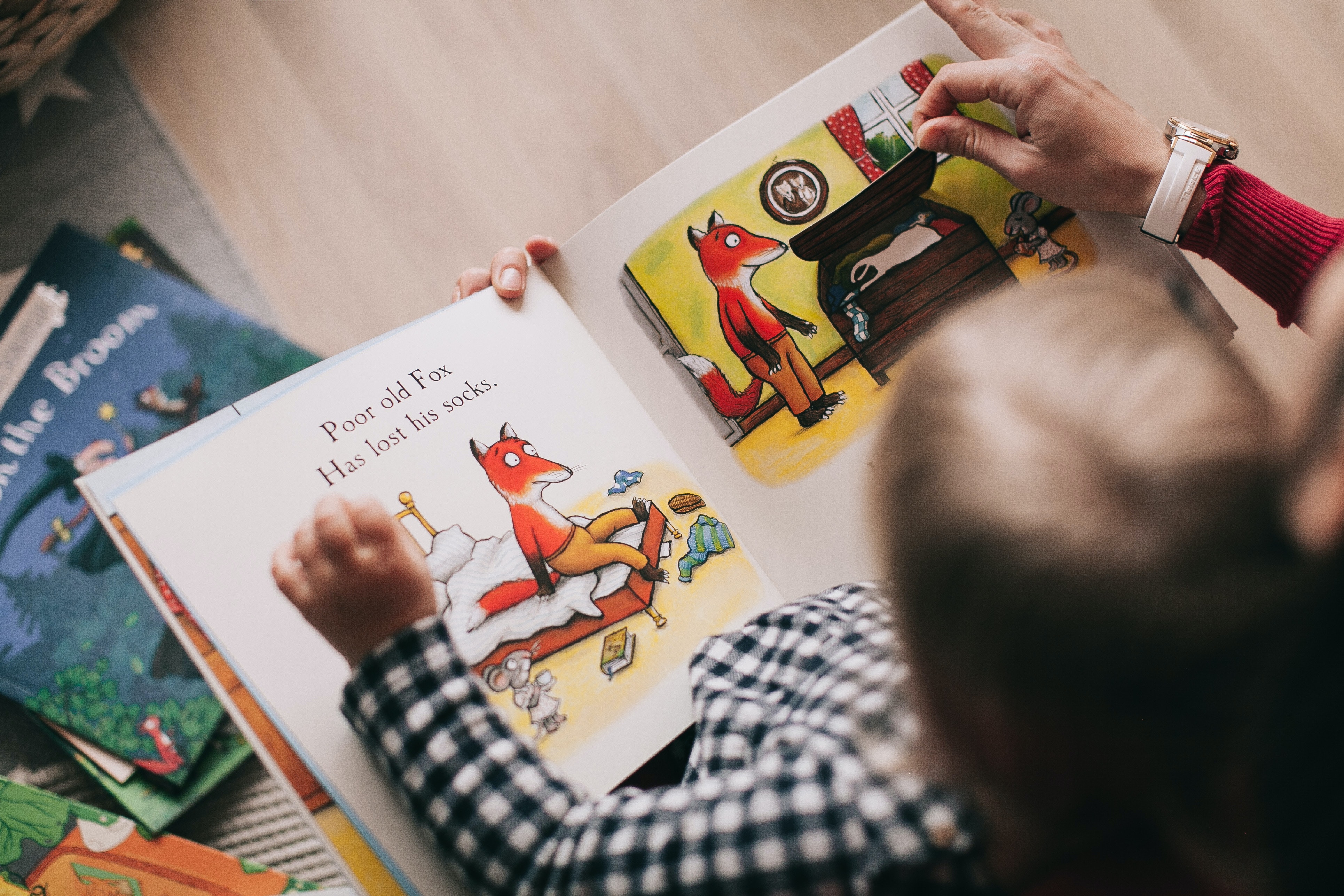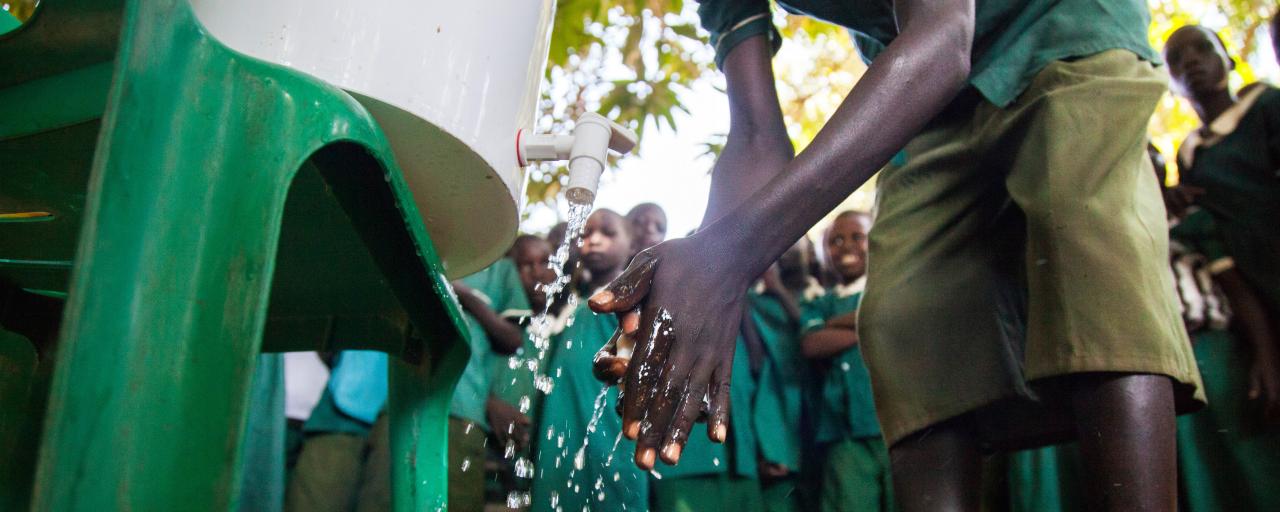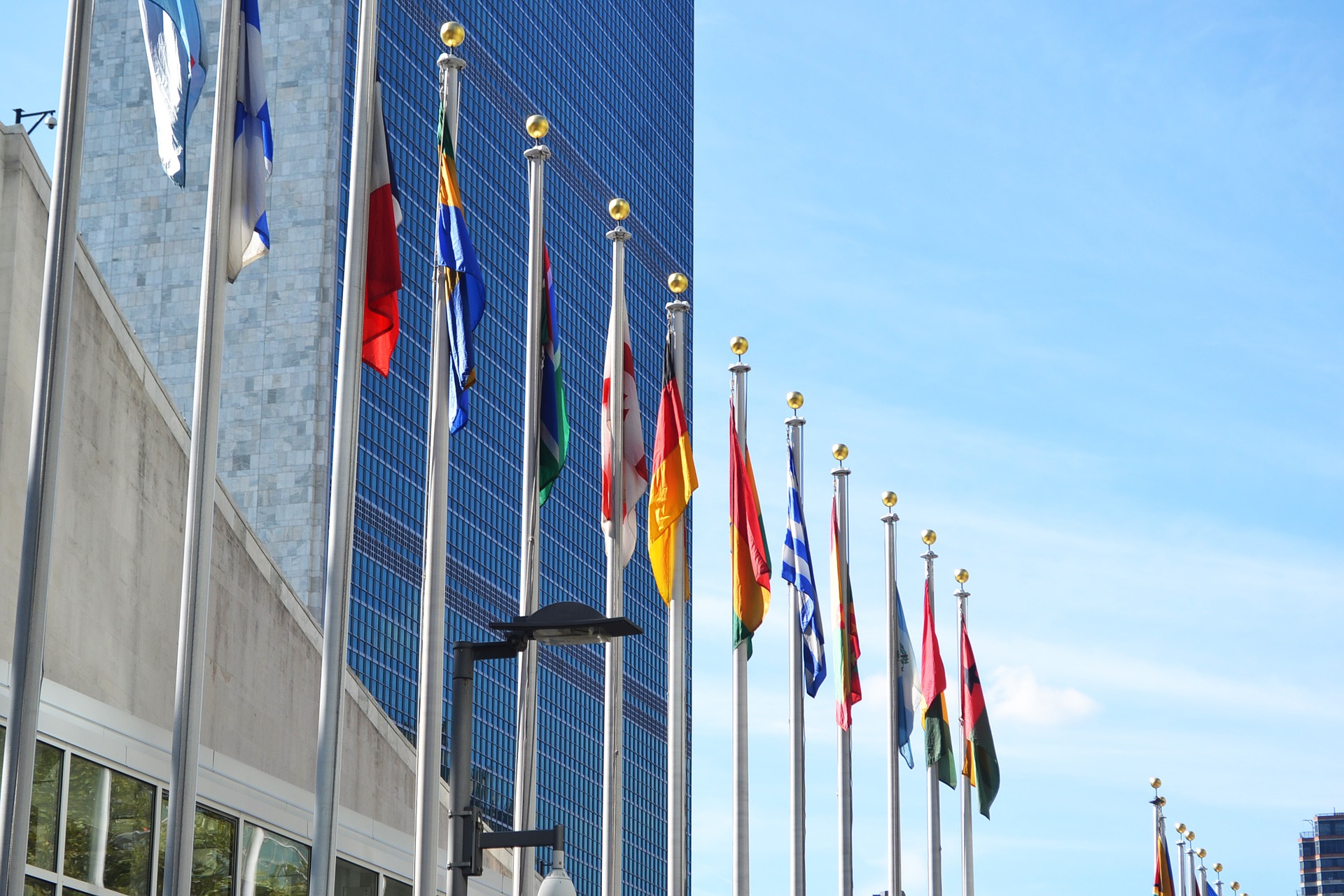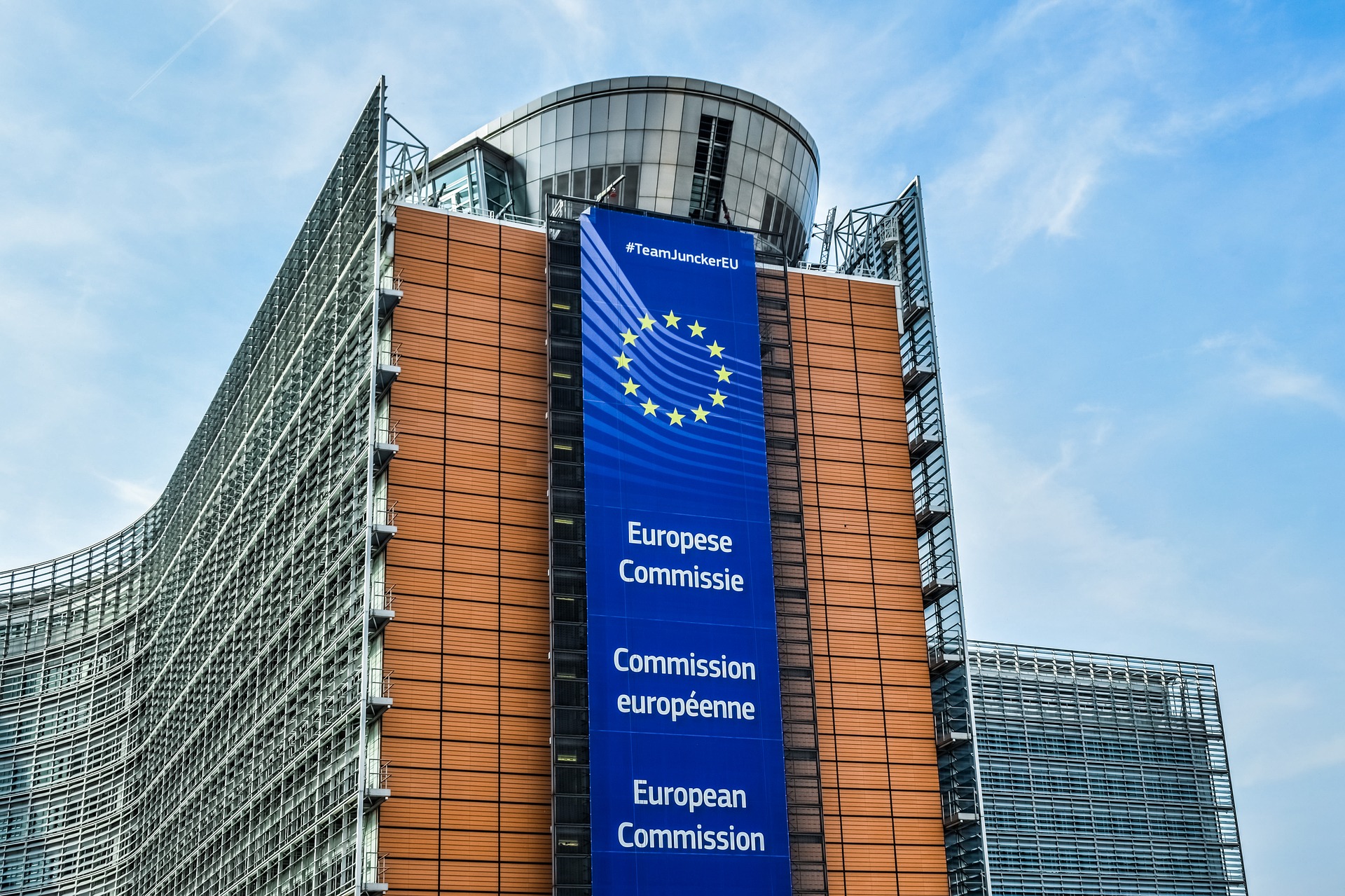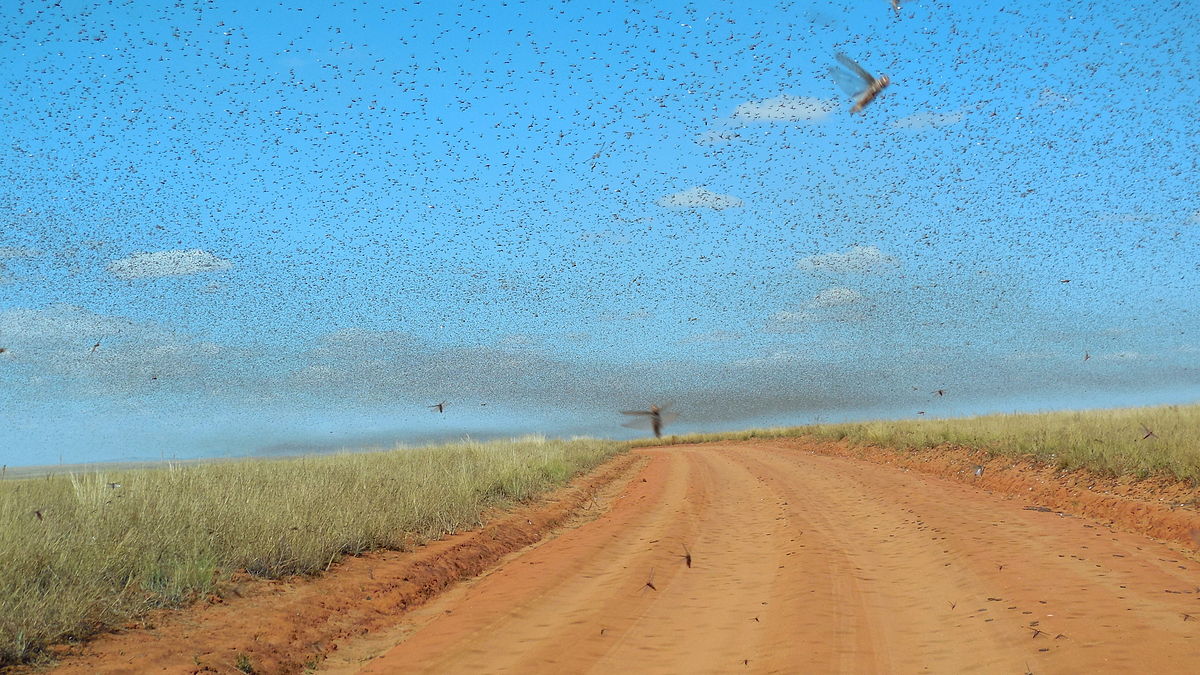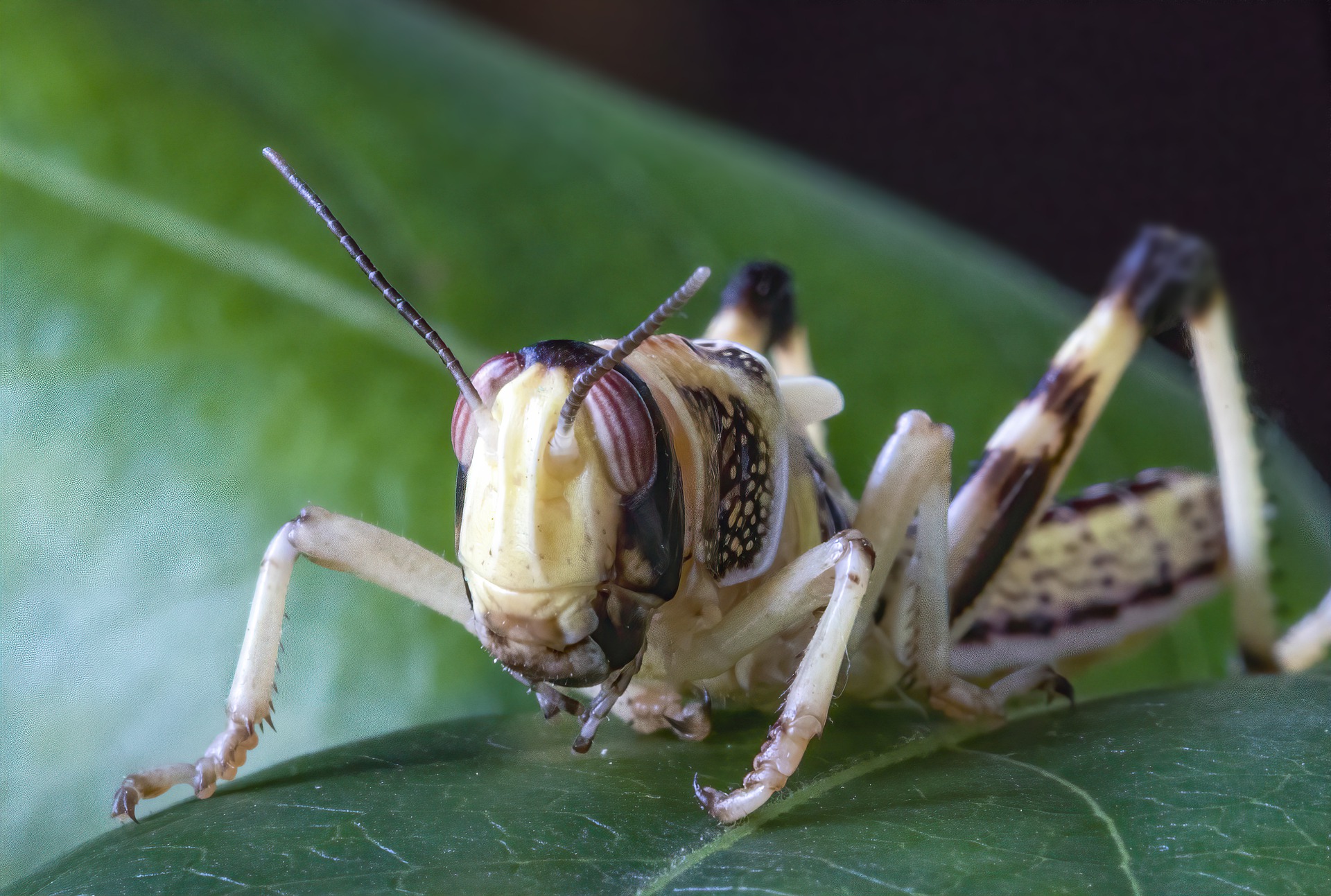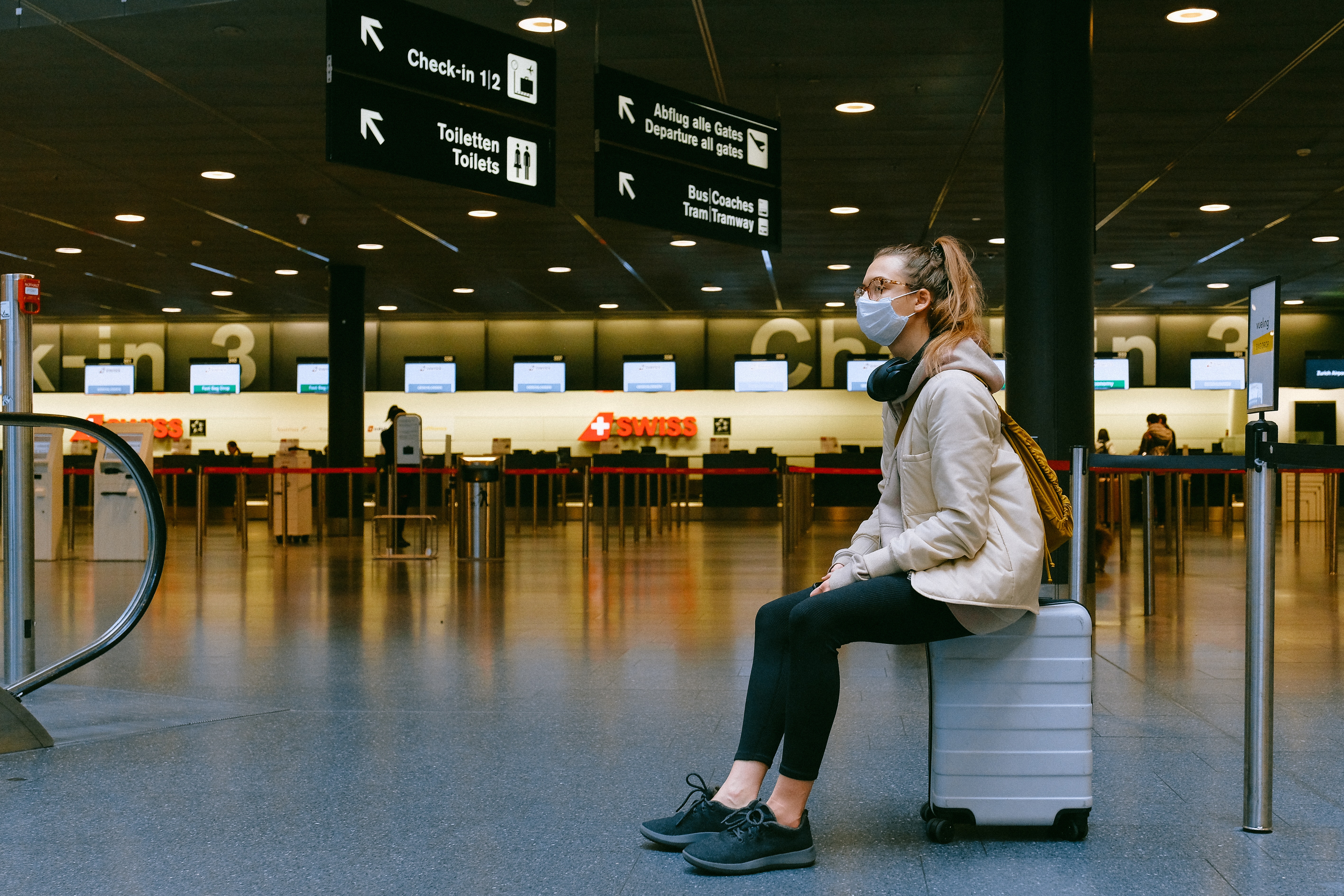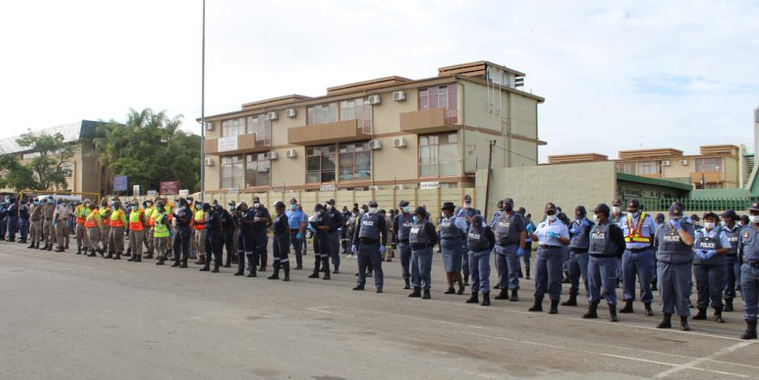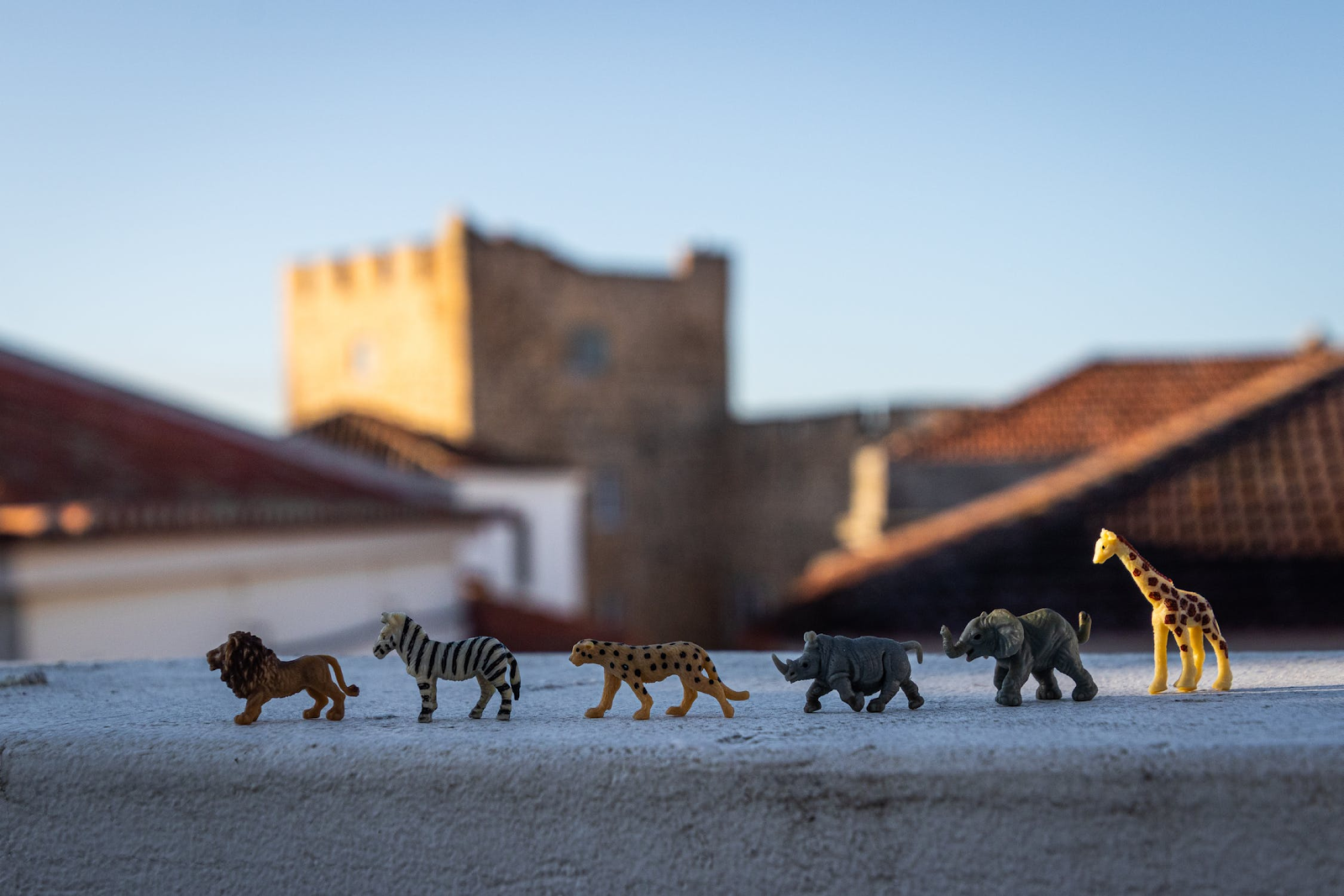By Renny Simone
MAIN PHOTO: South African President Cyril Ramaphosa struggles to put on a cloth mask. The incident has been heavily lampooned on social media. SOURCE: eNCA
With the eyes of the nation upon him, President Cyril Ramaphosa gave his fellow South Africans something they desperately needed: a good laugh.
The moment came at the end of Ramaphosa’s Thursday-night address, in which he announced the government’s plans to begin easing lockdown restrictions starting 1 May.
Ramaphosa said that even as the country begins to reopen, all citizens will be urged to wear facemasks whenever they leave their homes.
The President then took out a cloth mask he had brought with him to the podium, intending to lead by example.
And, after ten grueling seconds of struggle that temporarily blindfolded him, he managed to put it on, before turning quickly from the podium and shuffling off the stage.
The response from social media was nearly instantaneous.
“If I can’t see the virus, the virus can’t see me”, wrote one Twitter user, along with a screenshot of the mishap in which Ramaphosa’s eyes are totally covered by the mask.
Others referenced Bird Box, a 2018 horror film in which characters have to cover their eyes to avoid an evil force that kills all who see it.
In a lighter vein, SABC presenter Minnie Dlamini Jones thought the moment revealed something about her country’s sense of humor.
“I don’t know a nation on this planet that loves to laugh like South Africans”, the actress tweeted.
And at least one person wondered whether the flub was, in fact, an act of patriotic self-sacrifice.
“What if Ramaphosa was struggling to wear the mask on purpose in order for us to laugh,” @GetsonChirwa said.
Whether or not the act was intentional, Ramaphosa has since embraced the joke.
“For those of you who were laughing at me yesterday”, Ramaposa told reporters on Friday, as he pulled out another mask, “I’m going to open a TV channel where I am going to teach people how to put on a mask.”
The President, however, made no attempt to don the mask while cameras were rolling.




